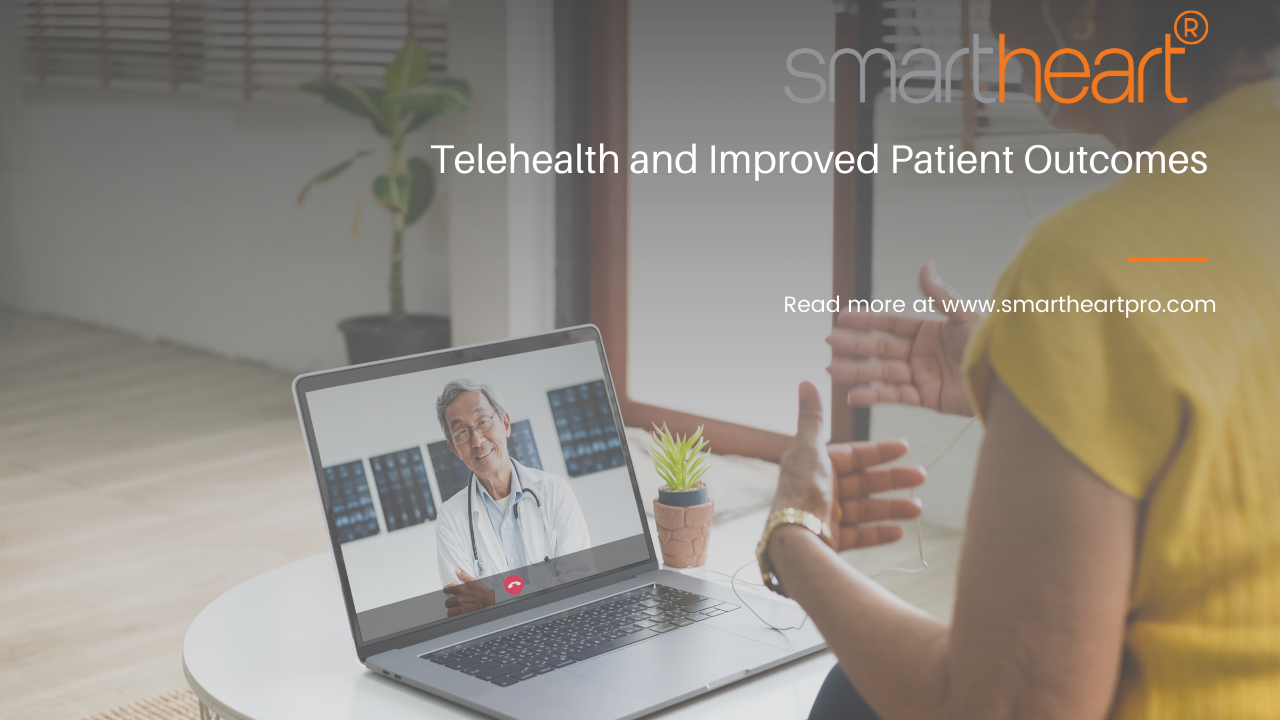Telehealth and Improved Patient Outcomes
Telehealth is rapidly changing the delivery of patient care. Patients now have the ability to access medical treatment remotely, connecting with healthcare providers through their phones or computers from the comfort of their own homes. The COVID 19 pandemic has led to a surge in the utilization of telehealth services, allowing for an expansion of remote doctor visits and the advancement of care delivery in various fields. As the popularity of telemedicine increases, so do the studies indicating the effectiveness of online treatment.
The medical journal Lancet documented the first conversation about telehealth in 1879. It discussed doctor visits by phone as an alternative to office visits, to reduce unnecessary trips. Since then, NASA became a trailblazer in connecting patients with doctors to monitor physiological data remotely. Hospital based telemedicine in the 1950’s connected closed circuit televisions to communicate between two established practices. Remote medical communications by anesthesiologists in the 1960’s described the patient as a “radio” and the points of data as a “station,” conveying physiological information across a distance. These early examples illustrate how the same problems to be solved remain: prevent unnecessary hospital visits, assist in treating chronically ill patients, and provide service and access to rural patients lacking convenient care.
The early challenges to telemedicine in reliable, inexpensive technology and confident patient adoption are resolved. Providers have risen to the challenge of embracing new modalities to improve patient outcomes. Meeting this new demand for telemedicine in their practices meant:
Being flexible in the face of change
Upgrading technology and home offices
Collaborating with peers to seek knowledge
Telehealth visits address many of the problems that cardiology departments face: a need for rapid transmission of information, efficiencies in communication, increased patient access to care, better patient personalization, and time and money saved. Surprisingly, telemedicine solves the largest burden easily: the stress of attending an in-person visit when there is no physical examination. These changes save physicians time by creating more opportunities to meet with their patients and fixing the problem of the lack of access to care.
Hospital readmission rates are top of mind for cardiologists in treating people with emergent or chronic conditions. A July 2022 study showed that early physician follow ups (within a week of discharge) with cardiac patients improved the 90 day readmission rate. Telemedicine clearly supports these early, post-acute conversations. Similarly, readmission rates are lower with the use of medical-grade devices like SmartHeart®, a portable 12-lead EKG, along with telehealth visits.
Legislation for fewer hospital readmissions came from a law passed in 2010 called the Hospital Readmission Reduction Program (HRRP) under the Patient Protection and Affordable Care Act (ACA). The HRRP states that “hospitals are financially penalized if they have higher than expected risk-standardized 30-day readmission rates for acute myocardial infarction, heart failure, and pneumonia”. This program sought better measures for patient readmission and became a means of monitoring the cost of healthcare. Hospital readmission rates are typically costly, common, and preventable.
The penalties incurred by the HRRP were enough to motivate large, systemic change. It also brought to light the unintended consequence of patient harm when trying to reduce these readmissions. It was noted nearly a decade later that both safeguards and screening mechanisms should be in place to mitigate potential harm when these kinds of policies are enacted. Telemedicine and remote monitoring have become integral tools to safely reduce readmission rates and improve the quality and convenience of care.
Patient satisfaction rates continue to improve as more providers offer telemedicine visits. These live video visits are increasing in popularity, reflecting improved patient outcomes and ease of use. Better access to healthcare helps everyone, whether it’s seeing providers sooner, or reducing stress by attending virtual appointments from home. Most importantly, these appointments are shown to be just as effective as traditional in-person visits.
SmartHeart® brings together the convenience of telehealth visits with the most advanced portable 12-lead EKG technology on the market. Cardiologist interpreted EKGs are available in minutes, ready for providers to review remotely and quickly. This hospital-grade 12-lead EKG provides high quality results from a device that weighs approximately 1 lb.
Hospitals appreciate the efficiency of SmartHeart® by reducing readmission rates, keeping more spaces open in the ER, and helping to prevent staff burnout. Primary care physicians and cardiologists use SmartHeart® to maximize appointment calendars and to give patients peace of mind from home. Patients lacking access to healthcare celebrate the ease in using SmartHeart® to manage their health alongside a physician.
Coupled with telemedicine, SmartHeart® revolutionizes quality care for cardiac patients.
Contact us to learn more about how you can use SmartHeart® with your telehealth programs for remote cardiac monitoring: https://www.SmartHeartpro.com/contact-us/

